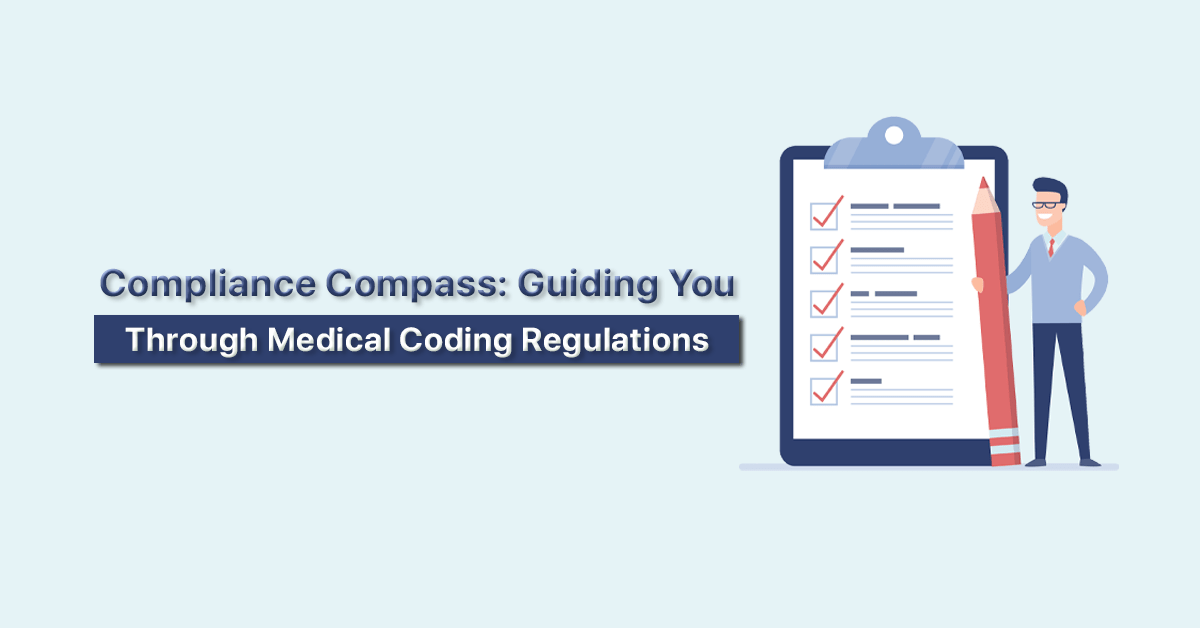Coding regulations are a complex and ever-changing landscape. It can be difficult to keep up with the latest changes, and even more difficult to ensure that your coding is compliant. That’s where the Compliance Compass comes in.
The Compliance Compass is a comprehensive guide to coding regulations. It covers everything from the basics of coding to the most complex rules and regulations. The Compliance Compass also includes a wealth of resources, such as templates, checklists, and tutorials.
Whether you’re a new coder or a seasoned professional, the Compliance Compass is an essential tool for staying compliant. It will help you understand the rules, avoid penalties, and protect your patients.
Here are some of the key features of the Compliance Compass:
- Comprehensive Coverage of Coding Regulations: The Compliance Compass covers all of the major coding regulations, including ICD-10-CM, CPT, and HCPCS.
- Up-to-Date Information: The Compliance Compass is updated regularly to reflect the latest changes in coding regulations.
- Easy-to-Understand Explanations: The Compliance Compass uses clear and concise language to explain complex coding concepts.
- Practical Resources: The Compliance Compass includes a variety of practical resources, such as templates, checklists, and tutorials.
Here are some additional tips for staying compliant with coding regulations:
- Stay up-to-Date on the Latest Changes in Regulations. The Centers for Medicare & Medicaid Services (CMS) regularly updates coding regulations. You can stay up-to-date by subscribing to the CMS newsletter or by visiting the CMS website.
- Use a Coding Compliance Software Solution. There are a number of coding compliance software solutions available that can help you ensure that your coding is compliant. These solutions can help you track changes in regulations, identify potential coding errors, and generate reports on your coding practices.
- Get Regular Coding Audits. A coding audit is a review of your coding practices to ensure that they are compliant with regulations. You can get a coding audit from a third-party auditor or from your own organization.
- Train Your Staff on Coding Regulations. Your staff should be familiar with the coding regulations that apply to your organization. You can train your staff by providing them with in-house training or by sending them to a coding certification course.
By following these tips, you can help ensure that your coding is compliant and that you are protecting your patients.
The Compliance Compass is a valuable resource for anyone who needs to stay compliant with coding regulations. It is a comprehensive guide that covers all of the major coding regulations, and it is updated regularly to reflect the latest changes. The Compliance Compass also includes a variety of practical resources, such as templates, checklists, and tutorials. If you are looking for a way to stay compliant with coding regulations, the Compliance Compass is the perfect tool for you.
In addition to the tips mentioned above, here are some other things you can do to stay compliant with coding regulations:
- Develop a Coding Policy and Procedure Manual. This document should outline your organization’s coding practices and procedures.
- Create a Coding Quality Assurance Program. This program should include regular reviews of coding practices to identify and correct any errors.
- Document all Coding Decisions. This will help you justify your coding choices in the event of an audit.
- Keep Accurate Records. This includes patient charts, billing records, and coding documentation.
Compliance with medical coding regulations is essential for healthcare providers, and failure to comply can result in significant financial and legal consequences. By staying up-to-date with coding guidelines, implementing an effective compliance program, ensuring accurate documentation, monitoring billing practices, and seeking expert guidance when necessary, you can navigate the complex landscape of medical coding regulations with confidence. Let your compliance compass guide you through the process and ensure that your coding practices are compliant with regulations.

